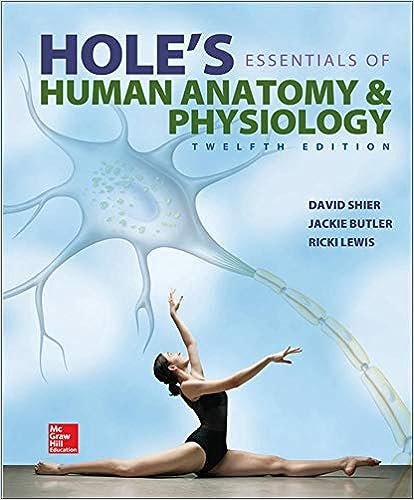Industrial Relations In Canada 3rd Edition By Hebdon Brown -Test Bank
1. An industrial dispute is, in its simplest form, a disagreement between employers and employees.
|
2. A strike occurs when a number of workers refuse to continue working or they stop working.
|
3. Wildcat strikes are legal as long as they do not occur during the term of the collective agreement.
|
4. “Work to rule” can be used by the union as a way to strengthen their bargaining position and, technically, not be on strike.
|
5. A lockout represents a work stoppage initiated by the employees.
|
6. The union must have a strike mandate, which is normally gained by a positive strike vote.
|
7. If the majority of the membership supports the strike action, it is said that the union has a strike mandate.
|
8. Industrial dispute statistics include both strikes and lockouts.
|
9. Historically the general trend has been a reduction in lost time since 1980.
|
10. All countries record strike statistics in the same way to enable international comparisons.
|
11. On a global scale, according to the textbook, Canada has one of the highest levels of strikes.
|
12. Hicks theory is grounded in the premise that strikes represent accidents.
|
13. Strikes are less likely to occur when unemployment is low.
|
14. Grievance procedures are one of the employment practices that formally differentiate employment under common law versus employment under collective bargaining law.
|
15. Grievances are less likely to occur in firms with strict management practices.
|
16. The most common grievance filed is the individual grievance.
|
17. The three key parties in the grievance process are the union stewart, union, and management.
|
18. A theme across the literature is that few of the actual work contract violations actually result in grievances.
|
19. According to the textbook, demographics alone play a large role in whether a person files a grievance.
|
20. Nonunion grievance procedures have become increasingly common in recent years,
|
21. Which action is a work stoppage initiated by a union?
|
22. In which situation do employees only perform the minimum standard required in their job?
|
23. Who initiates a lockout?
|
24. What is a typical management response to a wildcat strike?
|
25. The Canada Labour Code refers to “concerted activity on the part of employees in relation to their work that is designed to restrict or limit output.” What term is used for this activity?
|
26. What must a union have in order to strike?
|
27. According to an examination of national strike trends across industries since the 1990, which of the following has a relatively high strike rate?
|
28. What do strike frequency statistics examine?
|
29. What is a common strike statistic reported by HRSDC?
|
30. According to the textbook, which strike statistic is the best to use when examining strike trends over time?
|
31. What has been the general trend in Canadian strike statistics since 1980?
|
32. What do international strike statistics tell us?
|
33. According to a recent OECD report, which country has the highest average number of working days lost due to strikes?
|
34. A recent newspaper article reported that errors made by the chief negotiators at the bargaining table caused a healthcare strike. Which strike theory explains this situation?
|
35. A recent newspaper article reported that a transit union went on strike because they believed that the management team was not being truthful about their inability to afford wage increases. Which strike theory explains this situation?
|












Reviews
There are no reviews yet.